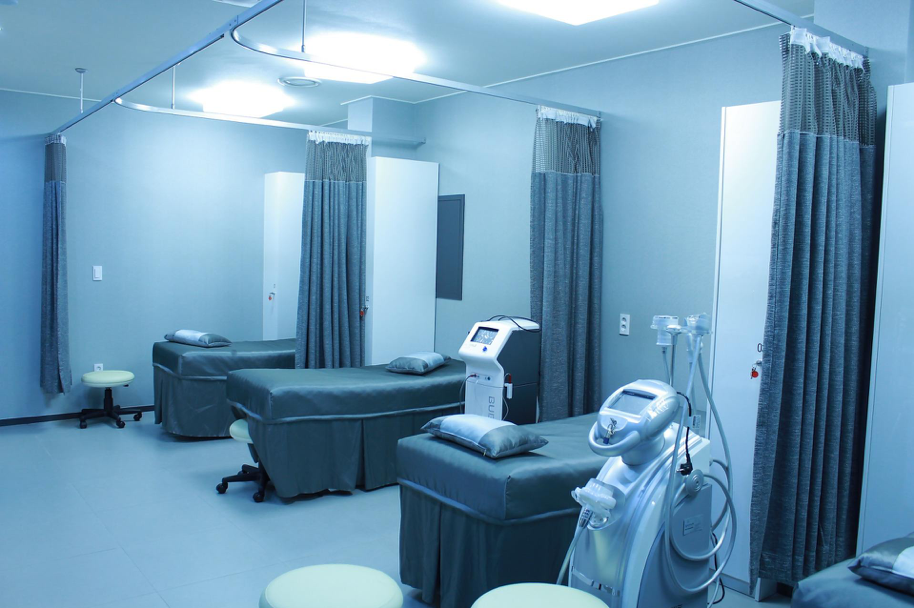Health care is something everyone takes for granted until we need it.
Then we quickly discover just how complicated the Australian health system can be. Navigating it can be confusing. If you need hospital treatment, understanding the difference between public and private can make the world of difference when it comes to accessing the best care for your family and yourself.
We are likely to use the Australian health system differently according to our stage in life. Some people may occasionally visit a general practitioner or a pharmacy; some may have regular appointments with their GP, specialists and other health professionals. Others may find themselves in hospital for treatment, tests or emergency care.
A Snapshot of The Australian Health System
Australia’s Healthcare system is one of the world’s most comprehensive. It offers access to an extensive range of services from preventative health, to general care services through to specialist or hospital care.
Australia operates a two-stream healthcare model based on public and private systems. Care can be provided through either one of the two health care streams or a combination of the two.
- Australia’s Public Healthcare System – Medicare
Australia’s public healthcare system comprises public hospitals, community-based services, the ambulance service and affiliated health organisations. These are predominantly owned, operated and regulated by Australia’s state and territory governments.
Medicare enables the Australian public to have access to care within the public health system either at no cost or at a reduced cost. Australian taxpayers fund this node in the healthcare system.

- Australia’s Private Healthcare System
The private system consists of privately owned and operated health care service providers. This includes private hospitals, allied health providers, medical specialists and pharmacies.
The services provided through the private healthcare system are funded by a combination of government and private entities:
- Private health insurance premiums
- Private health organisations
- Patients paying directly for private treatment
- Government private health insurance incentives
Doctors, specialists, hospitals and allied health professionals can deliver patient treatment and care through either the public or the private system.
Even though you are covered by Medicare for the majority of services, private insurance may be an attractive alternative thanks to the tax incentives offered by the Federal government, which are intended to relieve some of the pressure on the public health system. Your choice of doctor, shorter waiting times and easier access to specialist and allied health services can make a difference for some people overall health care experience.
Where do GPs Fit In?
The entry point for Australia’s health care system is usually via general practitioners (GPs). These doctors are usually your starting point for primary health care.
During your consultation, your GP will assess any symptoms you present with, and look to provide an initial course of treatment.
If required, they may arrange for tests to assist with their diagnosis and may refer you to a specialist, a hospital or to an allied health professional such as a physiotherapist or psychologist for alternate care.
Australia’s Public and Private Hospital System
As with other elements of Australia’s healthcare system, Australia’s network of hospitals includes both public and private hospitals.
- Public Hospitals
Australia’s public hospitals deliver high-quality health care. They provide free or reduced cost healthcare services to Medicare patients. They also provide emergency services and trauma care.
If you need non-urgent treatment and opt to be treated as a public patient, there are some aspects of the public hospital care to be aware of. Firstly, your wait may be lengthier until a bed or a doctor becomes available. Secondly, you are not able to have the doctor of your choice and you may share a room with other patients.
Public hospitals are predominantly funded and by the Federal and State governments but also receive funding from private health insurance providers when patients use their private cover in a public hospital facility.
- Private Hospitals
Private hospitals are owned and operated by for-profit companies. However, they are licensed by the government and regulated under a legislative framework. The main advantages offered by private hospitals are:
- Your choice of doctor
- Reduced waiting times for elective surgeries
- The option of a private room
- Superior room fit-out and décor
In the Australian healthcare system, you have the option of being treated as a private patient with your choice of doctor in a public hospital.

Who Pays for Your Healthcare Services?
Under the Australian health system payment for healthcare comes predominantly from the government and private health insurers together with some co-payments from patients.
- Medicare
Medicare provides public access to health care. Coverage includes:
- Public patient treatment in a public hospital
- Payment of 75 per cent of the fee on a government approved list of doctors’ services during your stay in a hospital if you opt to be treated as a private patient
- All or part of the cost of seeing a GP or specialist providing they accept Medicare’s ‘bulk billing’ payment system
- Some, but not all of the tests ordered by your doctor
- Reduced prescription costs provided your prescriptions are listed on the government’s Pharmaceutical Benefits Scheme
- Access to other government-subsidised health care services covered under the Medicare Benefits Schedule.
- Private Health Insurance Cover
Many Australians take out private health insurance cover. It is mandatory for certain income brackets. Your private health insurance provides patients with greater choice and flexibility over their healthcare options for services such as:
- Help with paying the costs of treatment, surgery and a bed in the hospital
- Depending on your private insurance coverage, you may be covered for Ancillary or Extra expenses including optical, dental and physiotherapy treatments
- Transport by ambulance, although in some states ambulance services are covered by a direct subscription with the ambulance service provider or may already be covered.
Need help navigating Australia’s healthcare system? Contact us at [email protected]



